Judiciary
Indian Judiciary
The judicial system in India is one of the most constructive and effective systems in the world. The constitution divides the government into three branches namely the Legislature, Judiciary and Executive. The judiciary is an important branch of the Indian government. It is an independent body different from the executive and legislature. The judiciary acts as a check to keep both the executive and the legislature in their mandated roles. The main task of judiciary is to bring justice to the people.
The Indian judiciary inherited its legal system from British colonial rule; it was built after two centuries of colonial rule by the British. The unified court system was introduced by the Government of India Act in 1935 and enforces both central and state law. In India, there are various tiers and jurisdictions of the judicial system, each with its own set of courts and distinct powers. The Supreme Court of India sits at the top, followed by the High Courts of their respective states, where district judges sit in District Courts, Magistrates of Second Class, and Civil Judge (Junior Division) sit at the bottom of the importance hierarchy. Civil and criminal cases, as well as disagreements between individuals and the government, are heard in courts.
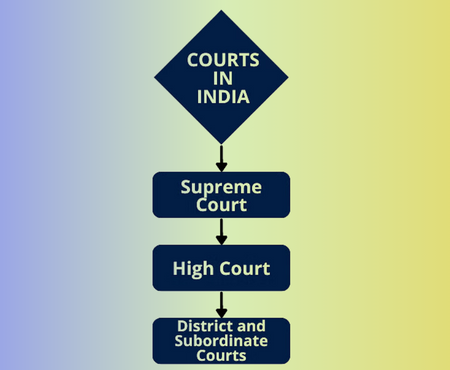
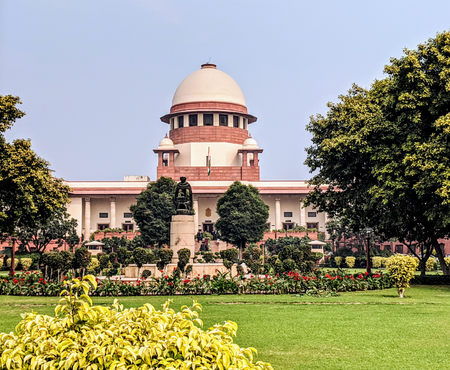
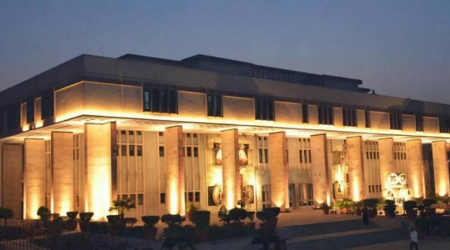
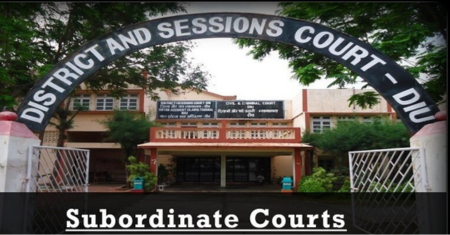
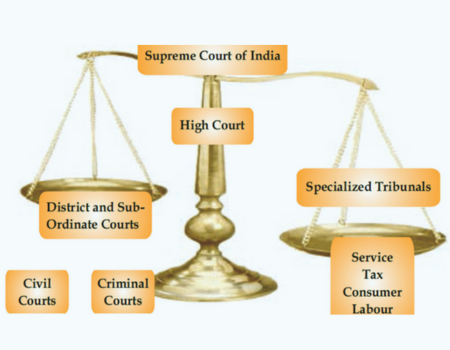
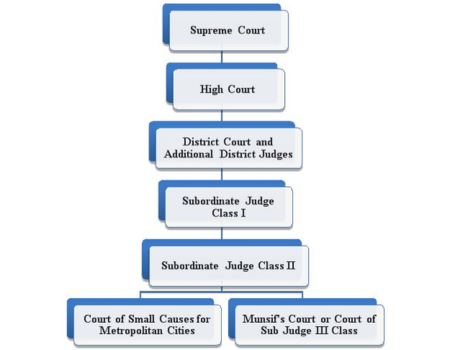
 Civil Side:
Civil Side: